lostinthewoods123
Greenie
- #1
Thread Owner
Been gold prospecting for several years and doing pretty good. Want to increase my finds when coming to a gold field full of placer gold. Have several claims I work, one a 160 acre in size, all producers but, surely, theres spots that its more concentrated. Because winter is here and hard to get into the mountains, plan on spending the winter increasing my dowsing skills. Also has anyone taken that dowsing course that Maj. Paul Smith advertises? Thanks.



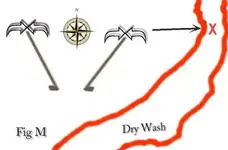
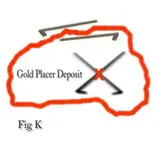
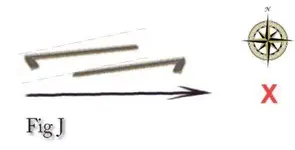
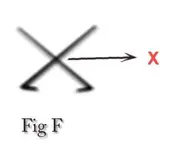
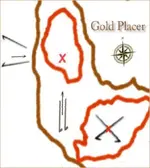



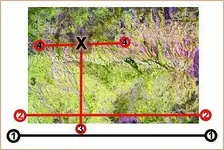
 You can easily make a living in the gold field.
You can easily make a living in the gold field.